Survarium: Our 10-Year-Long Dash Across a Minefield
This is exactly how Ruslan, the Head of the Studio, named his speech at Games Gathering. By revealing all these details about Survarium for the first time, he aimed not only to explain VG Entertainment’s decisions but also to offer insights to fellow startups and studios facing various situations.
If you’re wondering why we’ve shut down Survarium, this piece will also answer your questions.
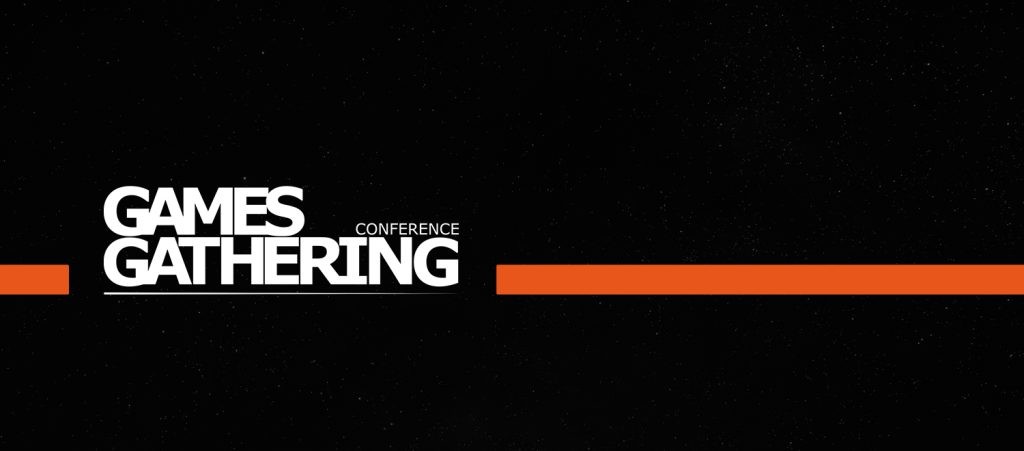
Short Intro
So, as you might already know, Survarium was our key project, a PvP shooter developed on our own engine. We dedicated a lot of effort to crafting the game’s universe to align with player preferences, even expanding it into a book series.
This project existed for a decade, from 2012 to 2022 when we eventually shut it down. Nevertheless, it held (and will hold) a special place in our hearts. Survarium transformed us as a studio, opening the way for new endeavors.
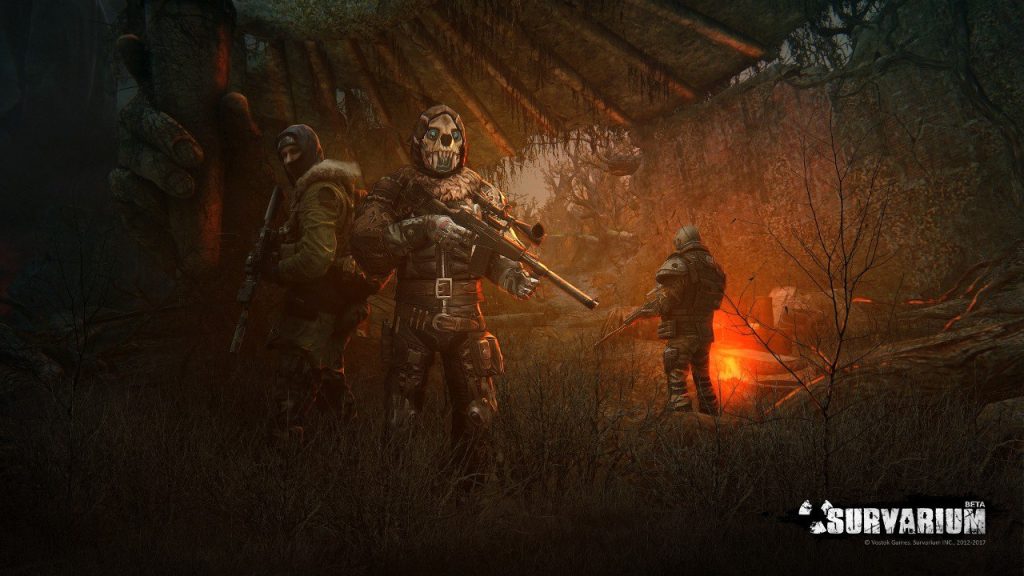
The Beginning of the Survarium Story. 2012
Our story unfolds in 2011, from the closure of GSC Game World. At that moment, there were about 30 of us, a team passionate about game developers/designers, eager to continue working together despite the financial void we faced. We had only a couple of months to find investment during the Christmas holidays. This was quite a challenge for us, as our primary focus had always been game production and we hadn’t any experience in attracting investments.
Fate smiled upon us when we negotiated with the founder of GSC Game World, who allowed us to use the S.T.A.L.K.E.R. intellectual property (IP) and provided us with a workspace to continue our work. Initially, we considered the option of creating one more S.T.A.L.K.E.R. game, but investors and publishers displayed little interest in backing a single-player game based on someone else’s IP. Each company we approached preferred to work on their own game worlds. Also, the new conditions of using that IP made us abandon this idea.
The landscape changed with the success of Wargaming and the uprising popularity of the Free-to-Play (F2P) model, attracting venture investors to this field. We seized the opportunity to partner with Ukrainian businesspeople willing to fund our next project without any IP at all.
This was a turning point for our team, eager to explore new horizons, so we swiftly decided to start our work on an F2P first-person shooter. That was everything we knew about the project, and within 2.5 months, we started this fresh journey from scratch. We don’t regret this decision, as we enjoyed creative freedom, unburdened by audience expectations that would have accompanied the continued development of the S.T.A.L.K.E.R. series. Instead, we had the chance to start something entirely new.

Years of Development Before Launch. 2012-2014
We dedicated the next two years to solely game dev, using an open development approach. We actively engaged with the community, seeking their input to ensure that upon release, the game would fit their expectations. Our basic game design was crafted with the S.T.A.L.K.E.R. game audience in mind.
Choosing Player vs Player vs Environment (PvPvE) as the core game mode, we created a session-based Free-to-Play (F2P) shooter. This brought a significant challenge: how to seamlessly integrate progression within a single gaming session while also accommodating intersession progression and monetization.
Steps We Took to Approach This Complex Challenge:
- We began with creating the Survarium’s universe, writing dev diaries and books to share the details about the world, even before the game itself was fully developed.
- We experimented with anomalies and changes in locations within a single gaming session, adding depth to the gameplay.
- Artifacts became a source of progression, ensuring unique powers and abilities for players, giving them an edge over their competitors.
- We implemented vertical progression between gaming sessions, driven by advanced equipment and featuring multiple factions for players to enhance their reputation, acquire new gear, and develop their characters.
- Our monetization strategy was focused on time savers rather than pay-to-win elements. We offered options to speed up character progression and some decorative elements in Survarium, though the latter played a secondary role.
- We explored UE3 and CryEngine. However, none met our requirements, leading us to develop Survarium on our proprietary engine.
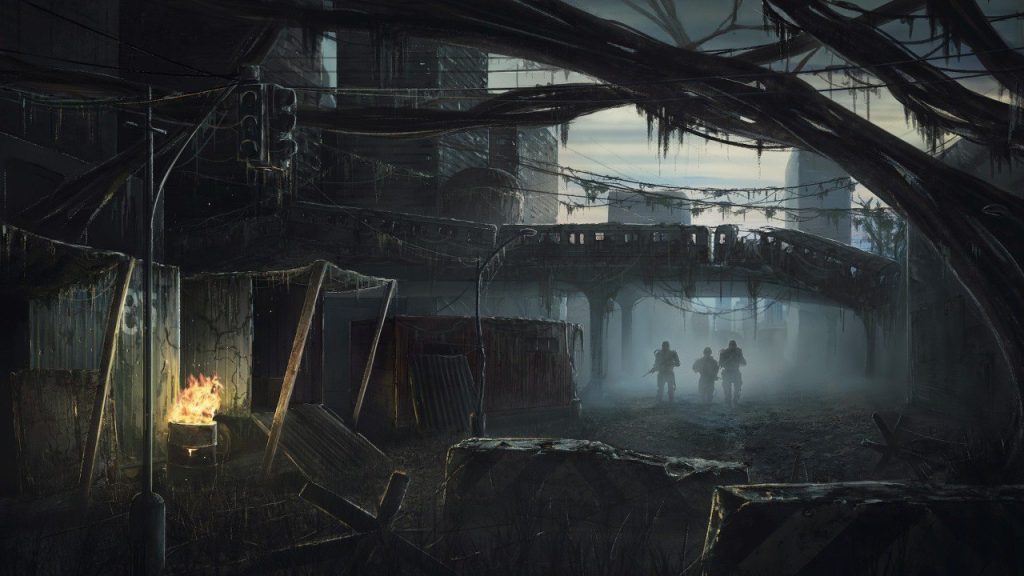
Outcomes of Our Tests and Efforts
As a result, vertical progression presented significant design issues. The difference between equipment effectiveness frustrated players, with some characters dying in just two shots while others could endure eight.
We tried to balance between the speed and quality of matchmaking, but this process was lengthier due to the need to match characters at relevant levels. This resulted in another issue – players saw no value in upgrading their characters in Survarium. If they were consistently matched with peers of their level, why invest in upgrades?
Except for that, we faced a plethora of other tasks, including refining our syncing system, implementing real-time damage feedback during gameplay, and others.
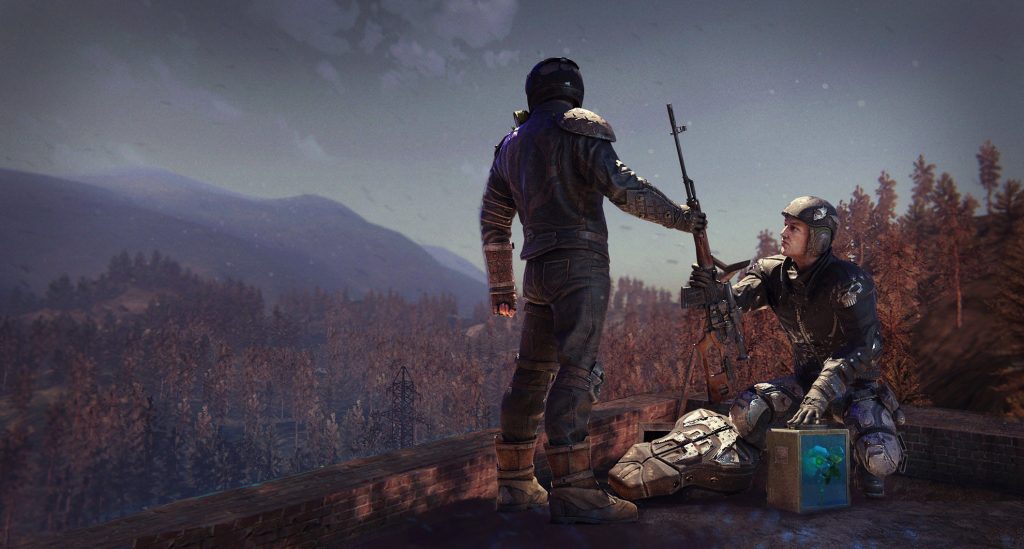
Game Launch. 2014
By the Survarium’s launch, we had gathered a community around our project, 33% from the EU and 66% from CIS countries. Players from other countries made less than 1% of our user base, as the game was primarily tailored to those audiences.
We self-published Survarium with minimal functionality. We planned to dedicate 1.5-2 years to a soft launch before releasing the game in Europe, ensuring that all planned features were thoroughly implemented.
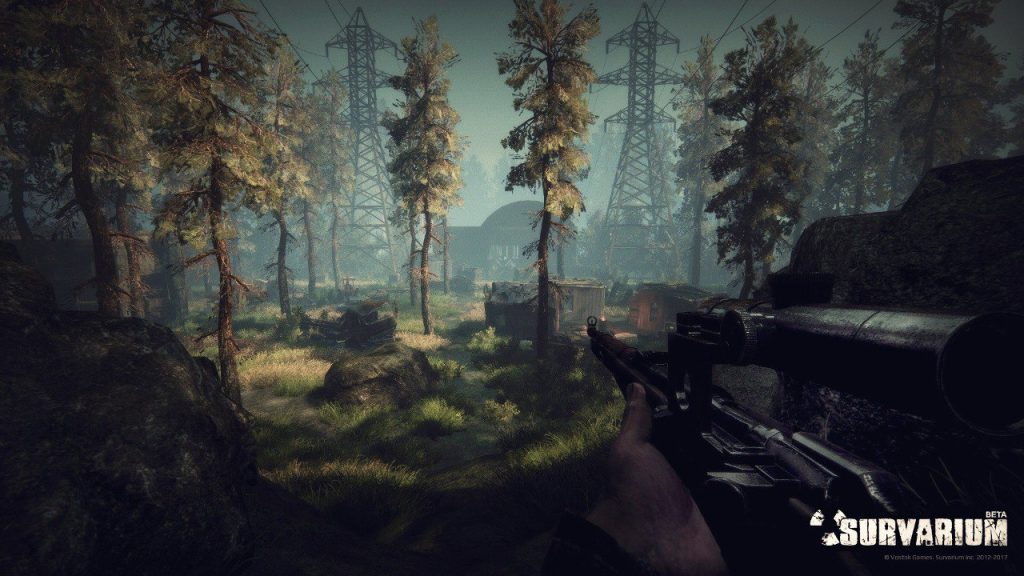
Our Launch Journey in Detail
During our soft launch, we experienced unexpected success, though we realized we had underestimated the need for extensive polishing. To address this, we divided our Survarium team into two groups. One of them focused on updating and crafting content while the other worked on resolving issues. This slightly slowed the delivery speed but the progress was obvious.
However, unforeseen events, such as the annexation of Crimea and the Donbas invasion, led to a financial crisis that affected our studio’s operations. We were forced to launch Survarium in Europe and on Steam prematurely. This proved to be a bit early, as the European audience had limited familiarity with F2P games and held high expectations for AAA quality even in such projects.
Our focus shifted towards fixing bugs and polishing, causing delays in the features release. Player numbers declined, and our traffic acquisition strategies were not a great success. As our monetization model was non-intrusive and very different from what other publishers offered, these times were super hard for the studio.
Conclusions We Made Then
Self-publishing added complexity to our journey. The use of our proprietary engine facilitated the rapid and cost-effective creation of an MVP game. Yet, the technology had its imperfections, preventing us from simultaneously developing Survarium, improving the engine, and providing comprehensive support while addressing bugs.
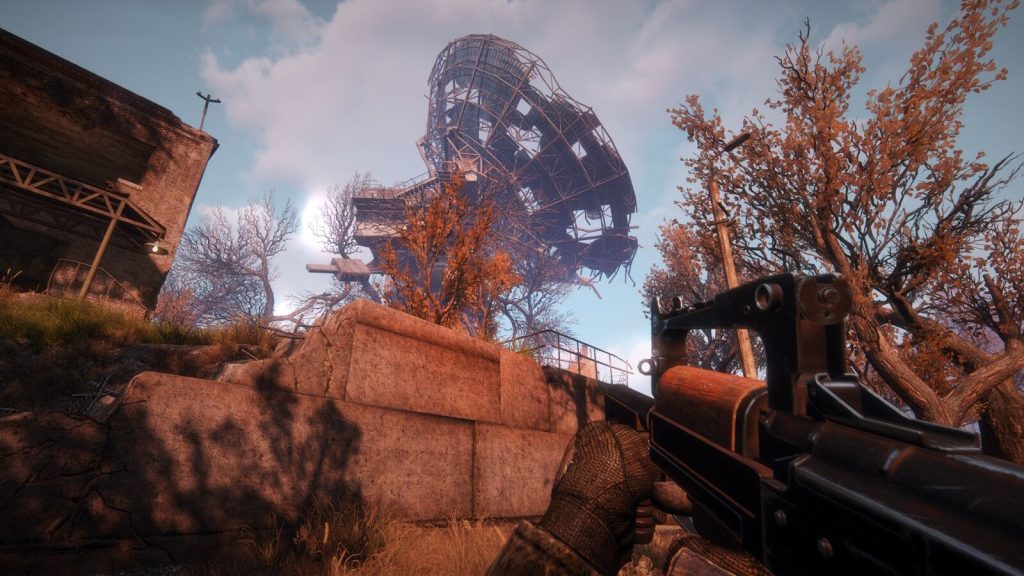
Hopes and Plans. 2015-2016
During this period, we fixed critical bugs and achieved stable traffic, though it was way less than we expected. So, our costs were higher than revenues.
We identified several key issues in Survarium:
- A complex first session and lack of onboarding.
- High system requirements.
- A drop in active players, as people stopped playing at some point.
- Limited features for reactivation.
- Slow development progress in PvPvE.
Our plans involved:
- Improving the first session experience.
- Simplifying complex game mechanics.
- Redesigning the interface to make it more intuitive.
- Introducing small features to re-engage former players.
- Implementing a lightweight render to enable gameplay on integrated graphics processors, aiming for better frame rates.
Additionally, we remained agile, releasing updates every two months while actively seeking investors to support the further development of PvPvE.
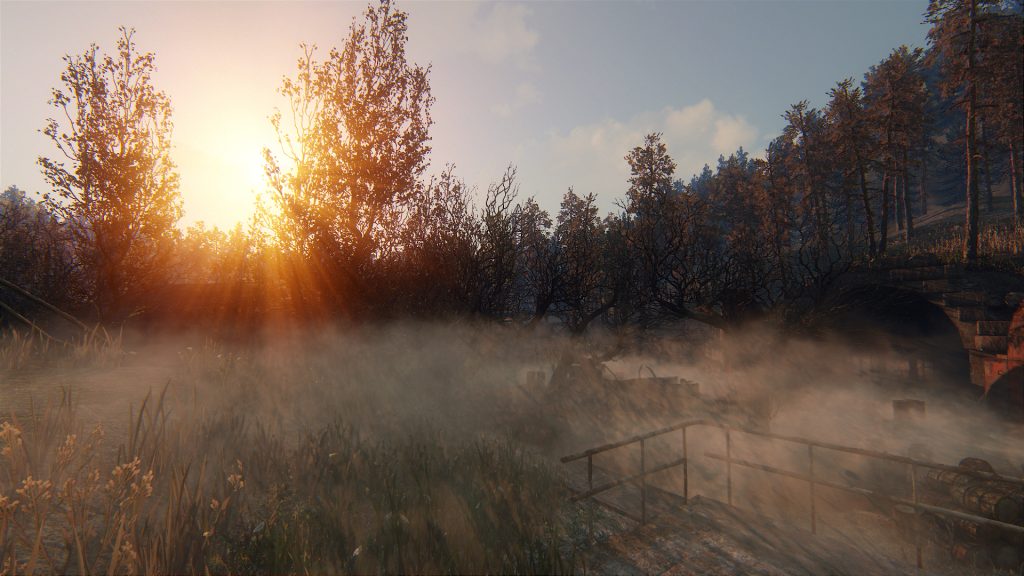
Next, Our Journey Took Some Unexpected Turns:
- Changes in onboarding yielded positive results: Retention at 2 days increased by 10%, and at 7 days it doubled.
- When we released the new render, it introduced stability issues, which required another two months to solve, causing some players to leave Survarium.
- Additionally, the visual difference between the renders frustrated players, as the optimized one seemed not so advanced in terms of quality.
So, we only fixed the stability issues but it was almost impossible to quickly solve the question of graphics quality at that point. Developers dedicated 60-80 hours per week to Survarium, driven by their belief in the technology and the game’s potential.
The negotiations with investors were complex, as no one was willing to back an existing game that had been on the market for a while. Also, we noticed a stronger interest from publishers in UE4 teams. This raised the question of a potential shutdown of Survarium, and we were unprepared for such a scenario at that time.

Last Years of Survarium. 2016-2022
All the above-mentioned factors facilitated the decision to switch to the UE4 development path. Part of our team got engaged in this new direction, and we received additional funds for this effort, along with the development of PvE mode in Survarium. The latter was done in the summer of 2017, following team expansion earlier that year.
Our audience enjoyed the new PvE mode. However, we were still facing the challenge of every ‘games as a service’ project – the balance between content delivery speed and its consumption rate. For instance, if a team dedicates 6 months to crafting a new map, and players explore it all in just 3 months, player retention drops. This is precisely what happened to Survarium. Our capabilities were limited, and the project stagnated, prompting players to leave it, while our most experienced developers shifted their focus to the UE4 project.
By 2018, we were urged to decide on our next steps, as the game couldn’t remain in such a state indefinitely. We believed in supporting the game, even without profits, to maintain an active player base and introduce them to our forthcoming project. Unfortunately, this vision was ruined by obstacles when COVID and the war disrupted our schedules, substantially delaying progress.
During the last year of Survarium’s functioning, only five part-time employees supported it. It became rather a voluntary endeavor, as these individuals had already dedicated an extensive amount of time to the project and couldn’t simply abandon it. However, this couldn’t continue forever, and Survarium was shut down completely in 2022.
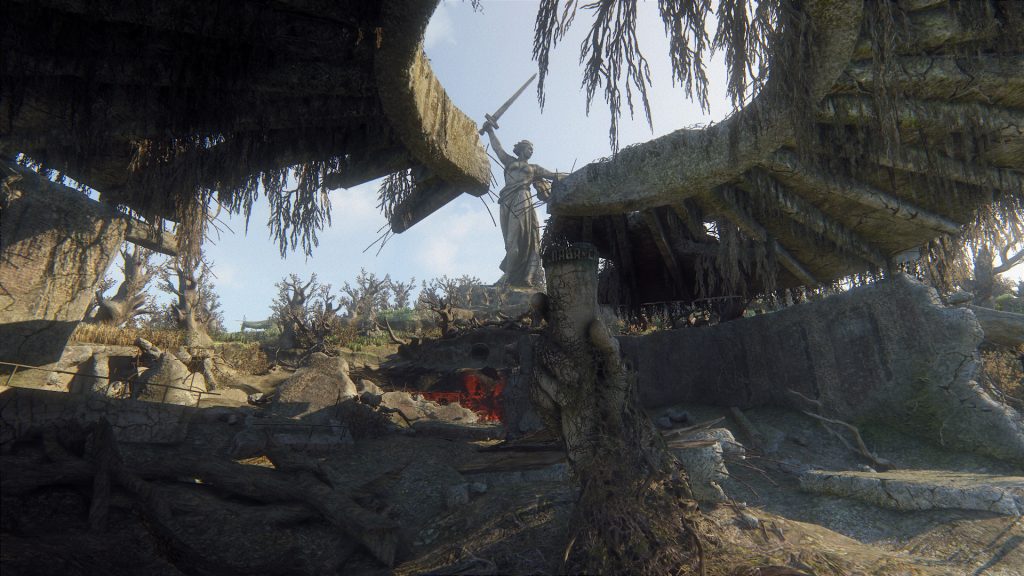
So, the closure of Survarium was not a decision we made overnight. There were reasons that emerged through the years, and now you know what forced us to do what we’ve done. We understand that for some players, this project was one of their favorites, but its evolution stopped, and we didn’t have enough resources to support its life anymore.
They say, that with every end, comes a new beginning, so it’s not our last game – we’re actively working on a new one. 😉 And though we have not yet announced our new project, we’ll do that once we are ready, so keep an eye on our updates!


